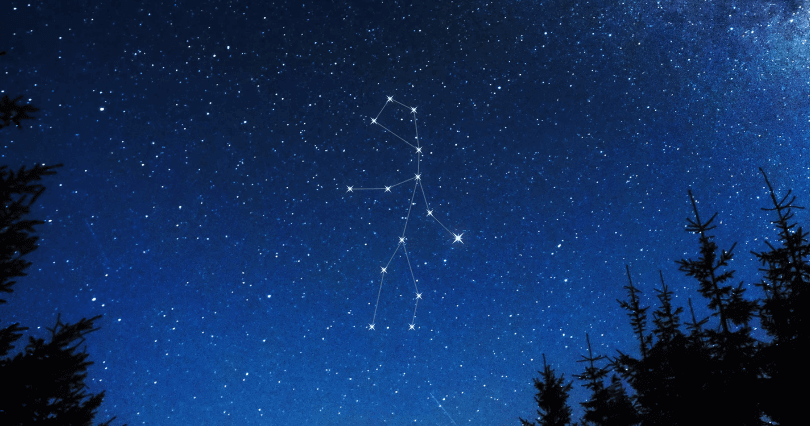Virgo Constellation

Virgo constellation is the second-largest constellation in the southern sky. Its name is Latin and means ‘the virgin’. The constellation contains many notable bright stars, and the brightest one is Beta Virginis or Spica with a magnitude of 0.98. Virgo is first depicted in the 2nd century CE by the famous astronomer Ptolemy and listed as one of 48 then-known constellations. Today it has been officially recognized and accepted by IAU and listed as one of the 88 modern-known constellations. The constellation is represented by the symbol ♍, and belong to the Zodiac family of constellations.
Its location is one of 2 points in the sky in which the celestial equator intersects with the ecliptic – the other one is presented by Pisces constellation.
How to find Virgo constellation in the night sky?
Virgo constellation is the 2nd largest constellation in the night sky, and it lies in the third quadrant of the southern hemisphere. The constellation is visible to all observers at both hemispheres, at could be seen best at latitudes between +80° and -80°. Virgo is bordered by these constellations: Boötes, Coma Berenices, Corvus, Crater, Hydra, Leo, Libra, and Serpens Caput.
Virgo constellation is a member of the Zodiac family of constellations along with Aries, Taurus, Gemini, Cancer, Leo, Pisces, Libra, Scorpius, Sagittarius, Capricornus, and Aquarius.
Major stars in Virgo constellation
There are several Messier objects, and two meteor showers associated with this constellation – the Mu Virginds and the Virginds. The brightest star of Virgo constellation is Spica, Alpha Virginis with a magnitude of 0.98. The constellation is home for several notable deep sky objects and among them are: Messier 89, Messier 90, Messier 104, Messier 84, Messier 49, Messier 58, Messier 59, the Sombrero Galaxy, the Eyes Galaxies, the Siamese Twins, etc.
Mythology of the Virgo Constellation
Virgo constellation was introduced by Greek astronomer Ptolemy and therefore has certain links to ancient myths and tails. This constellation is usually connected with Dike, the goddess of justice in Greece, a daughter of Zeus and Themis, who was a Titaness. Virgo is often described with the wings of an angel, holding an ear of wheat in one of her hands that symbolizes its Alpha star Spica. Libra constellation that represents the scale of justice is located nearby Virgo. In other interpretations, Dike was referred to as the daughter of Astraeus and Eos named Astraeia.
Dike was born a mortal and she lived in the Golden Age of mankind, according to Greek mythology. The Golden Age was depicted as a time when there had been peace and prosperity to everyone, and Dike was placed to rule there over human justice. She was born mortal. Once Zeus battled his father and eventually won and overthrew him, that time of history is known as the Silver Age. This period was not that beneficial to anyone and the four seasons were introduced to the human race. The gods were no longer respected like they were before. Dike warn the entire race what will happen if they don’t obey to the gods, and she flew to the mountains and turned against them. After humans started warring among themselves in the Bronze and Iron Age, the goddess left the Earth and went to the night sky.
There are other variations to this story, but the one linked to Dike is the most popular and known.


